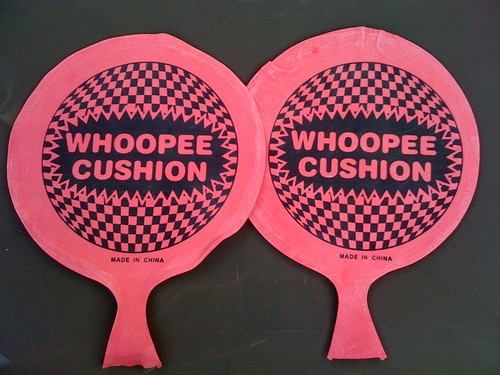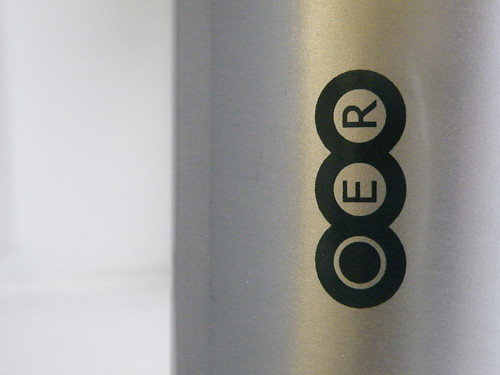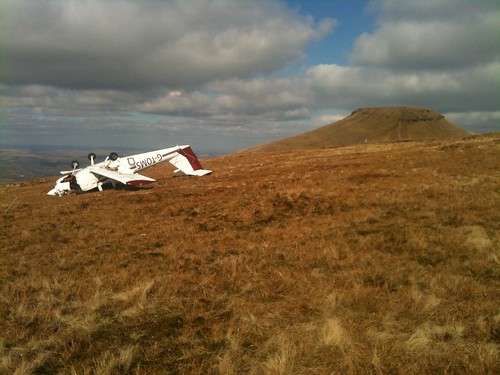I think we can say that Jim Groom's Digital Storytelling course has been very successful in generating an online buzz, and as a model of what you can do with an open, online course. The development of DS106Radio has been something to behold as it has taken on a life of its own. As D'Arcy has commented most of the technology for this has been around for a while, but it all seemed to coalesce into something quite magical. Jim has some thoughts on DS106 radio here, arguing that it "provides is a model for yet another platform for sharing, creating, and trying to foster conversation."
I've been thinking about DS106 recently because I'm part of George Siemens' MOOC later this year, and I'm scheduled to rewrite some of the OU's Masters in Online Education soon, so I've been thinking what can I learn from it.
I'm reading Bolano's 2666 at the moment, and Jonathan Lehman's NYT review claims that it is "a landmark in what’s possible for the novel as a form". If it's not too pretentious to say so, I'd suggest the same is true for DS106 and the online course.
It's important to realise what isn't transferable (or readily transferable anyway). I'm not Jim (you'll have noticed), and part of the success of the course is centred around Jim's own personality. There would be something very sad in educators pretending to be Jim in order to recapture the same sort of atmosphere. But in this there is the first lesson, which is that some element of the educator's personality in an online course is both possible and desirable. Social media tends to work precisely when there is that element on personal mix, and to strip that out makes it a less engaging experience. This may be difficult to implement in the OU distance education setting which has always worked hard in its written material to remove the individual and to strive for a neutral tone.
Another element that may not transfer well is the use of radio. Again this has been partly driven by Jim's personality, plus the amazing contribution of people such as Grant Potter. I would hazard that if I attempted it, the airwaves would remain silent, because the audience for my Masters course is quite different. Plus I would never get it through the OU's course approval process because of copyright issues. But as with the point above, it is not the surface element that is important, but rather, what it demonstrates. In this case the radio and the course as a whole shows that, given the right platform, students can be real co-creators of the course as a whole and of great content.
My third element is that of experimentation. I worry that as students pay more for their study, they will become increasingly conservative, as will institutions. DS106 demonstrates that you can still experiment, as long as you frame it for students, and that the experience students get as a result of that can be far richer than a carefully controlled course design process. Who knows, it may even be fun.
Lastly, the course highlights the benefits of openness. For the on campus students they get access to a wider range of learners and a broader experience than they would otherwise. Jim gets people who help with technical issues (such as Grant), and suggest activities and assignments (such as Tom Woodward). And Jim's institution, University of Mary Washington, gets some good publicity and reputation for free. Openness is therefore an effective and efficient approach for all concerned.
So, although I doubt I'll be in a position to do anything as radical as DS106, by looking beyond the immediate elements, there is more that is transferrable from it into everyday practice than you might think.





